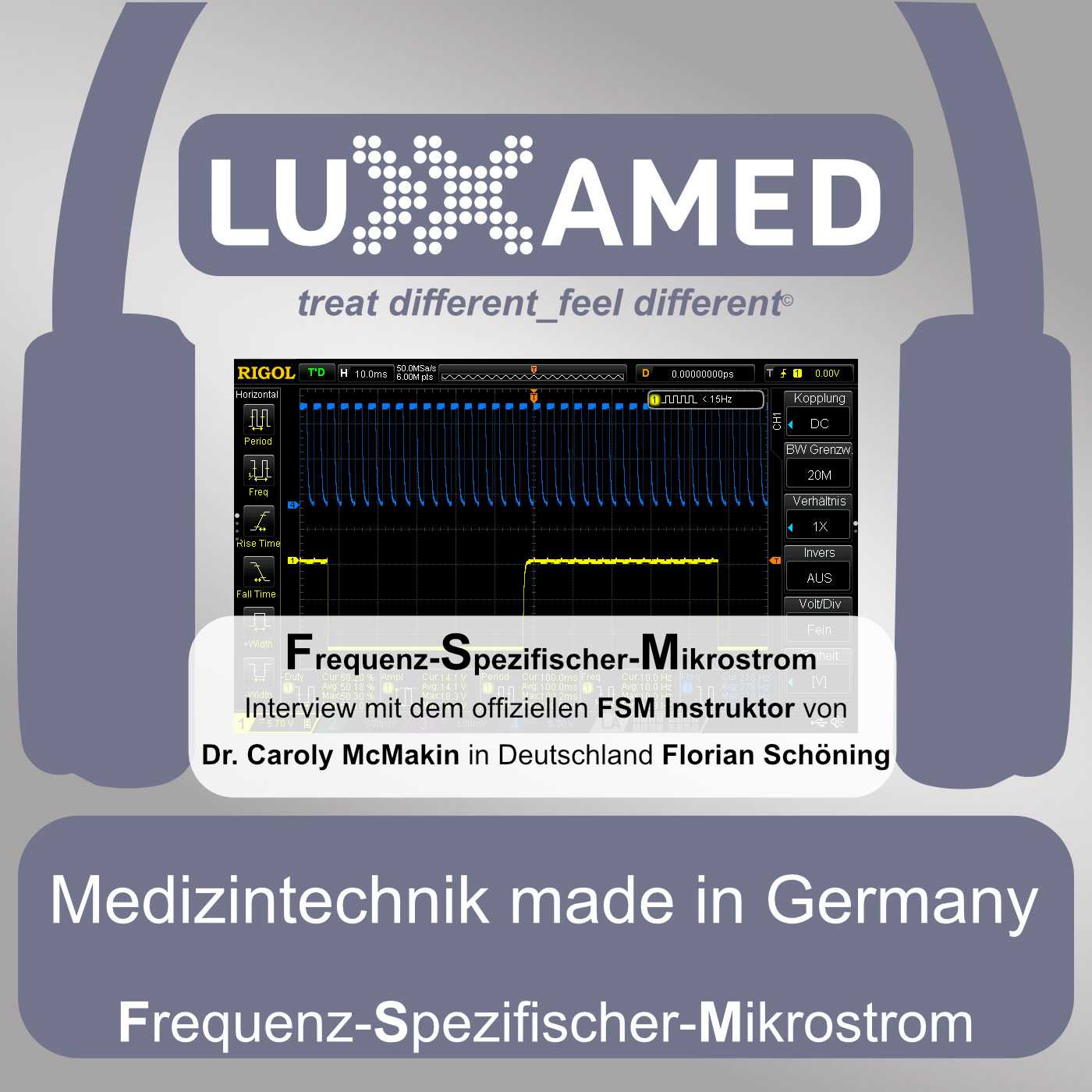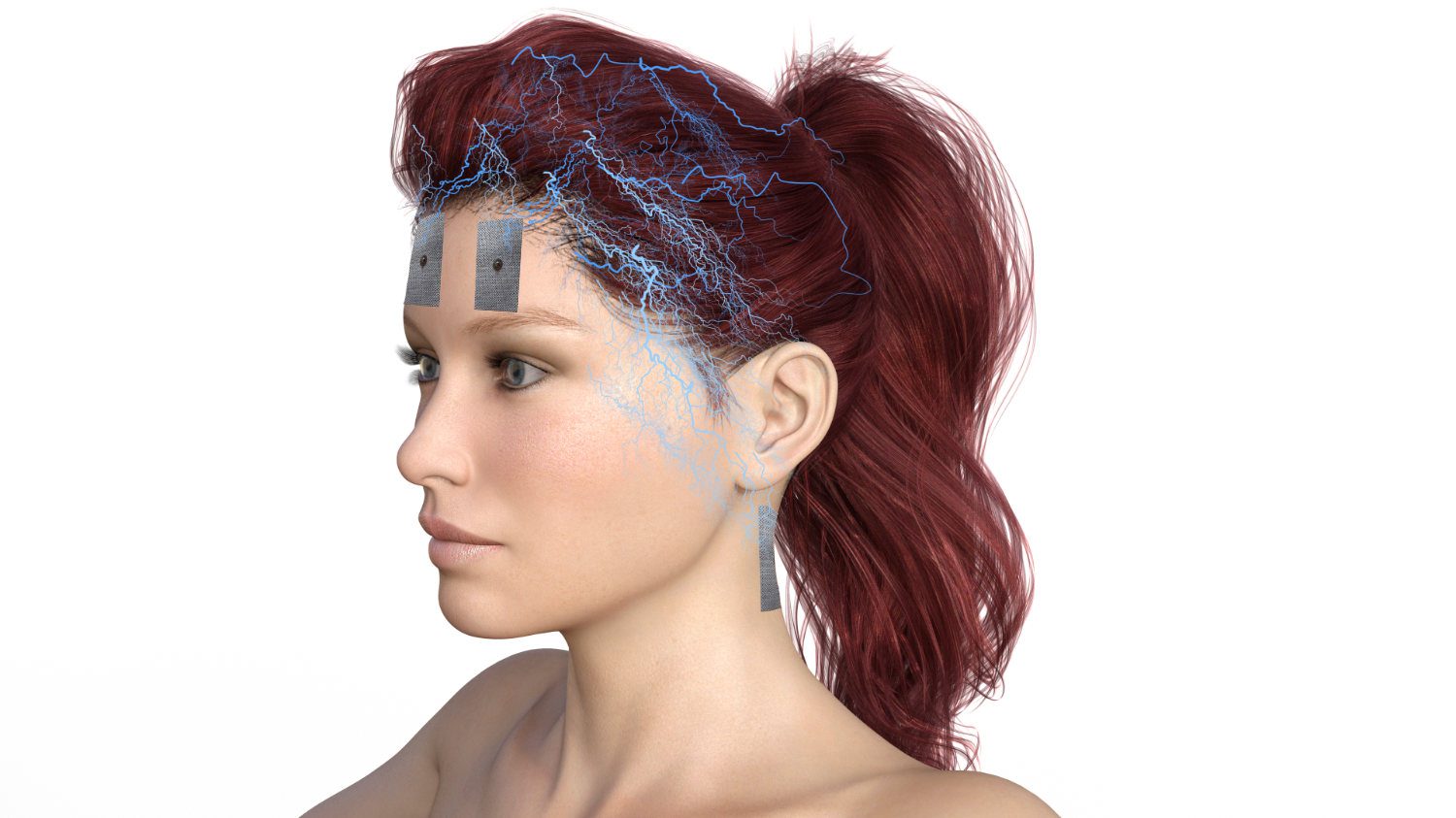Dieser Beitrag ist auch verfügbar auf:
Deutsch
PMCF – Post-Market Clinical Follow-up
PMCF, or post-market clinical follow-up, is the process by which a company measures how and whether a medical device performs within its intended purpose. – In short, the manufacturer must validly demonstrate that the medical device works!
Manufacturers shall conduct a clinical evaluation in accordance with the requirements laid down in Article 61 and Annex XIV, which shall include a post-market clinical follow-up.
(Medical Devices Regulation (EU) 2017/745, Art. 10, para. 3).
This makes it clear that medical devices always follow a proven effect!
PMCF in Luxxamed microcurrent devices
In Luxxamed GmbH, as an ISO 13485 certified company, we rely on studies, more precisely user studies. For this purpose, users of Luxxamed microcurrent devices (doctors, physiotherapists, alternative practitioners and occupational therapists) can participate in a PMCF study. In the internal area of the Luxxamed GmbH website, we have developed a questionnaire especially for this purpose.
Users need no more than 3-5 minutes to complete the questionnaire digitally. In 2021, the last evaluation was carried out from a total of 1417 individual treatments. ➡ Go to the study here.
« Back to Glossary IndexAccording to the MDR, manufacturers must conduct a clinical evaluation as well as post-market follow-up of the device (Regulation (EU) 2017/745, Art. 10, para. 3). A clinical evaluation is required for all medical devices in risk class IIa and without exception. It must be carried out according to a procedure precisely defined in advance by the manufacturer. The principles of this clinical performance evaluation procedure are a critical evaluation of scientific literature and a demonstration that the device under evaluation is equivalent to the device to which the data in the scientific literature refer. The basis for determining equivalence is the intended purpose of the products and the safety and performance requirements, which must be similar. In addition, Annex XIV of the MDR lists further characteristics that must be used to assess the equivalence of medical devices in the context of a clinical evaluation. It states that the devices must be technically and biologically equivalent. Technical equivalence means that the design, specifications and physicochemical properties of the devices, e.g. their energy output or the underlying software algorithms, must be similar. On the biological level, the comparability in contact and handling with human tissues and/or body fluids has to be assessed. The final equivalence criterion is clinical use and clinical effect. In this regard, patient populations and mode of action claims are compared (Regulation (EU) 2017/745, Annex XIV, Part A, para. 3).
In the guideline document, MEDDEV 2.7/1 revision 4, Annex A1, published by the European Commission in June 2016, further criteria for the assessment of equivalence of products are named.
Equivalence can only be established to one product at a time, and all three types of equivalence, clinical, technical and biological, must be equally present. “Equivalent”, for the purposes of MEDDEV 2.7/1 revision 4, means that there are no significant differences in the performance and safety of the devices being compared. Apparent and non-apparent differences between the devices must be fully elaborated and disclosed. In this context, the extent to which these may have an impact on the clinical performance and clinical safety of the devices shall be investigated. It must also be investigated by the manufacturer to what extent the materials used and, if applicable, their processing differ in the two devices to be compared. This may have an influence on the biological properties and therefore affect the similarity in medical effect of the devices. Whether this is the case must be determined, documented and evaluated. For medical devices where measurements can be taken, these must be recorded and compared with those of the equivalent products. Technical drawings and pictorial representations must also be included in the assessment. With regard to the technical design of the devices among themselves, the similarity must also be given with regard to the technical features. Devices that have the same medical or therapeutic effect are not comparable with each other if the technical procedures differ. In principle, according to MEDDEV 2.7/1, equivalence of medical devices is only given if, in the case of a CE-marked device, the clinical data obtained have accrued in accordance with the intended purpose stated in the instructions for use (MEDDEV 2.7/1 rev. 4, 2016, p. 33).
If the conformity of the medical device, in terms of clinical performance, cannot be proven by the manufacturer via the clinical evaluation route, it is possible to prove it via a clinical trial. Johner (2018) writes with reference to clinical trials of medical devices: “Most manufacturers try to avoid clinical trials of medical devices at all costs. No wonder: a clinical trial is time-consuming and costly, and the regulatory requirements for it are extensive and complex.” (Johner, 2018a)
The clinical evaluation process must take place throughout the product life cycle and be continuously updated through the establishment of a clinical follow-up process by the manufacturer (Regulation (EU) 2017/745, Ch. VI, Art. 61.). Accordingly, a clinical evaluation must also be carried out if the manufacturer has to conduct a clinical trial.
(Walitschek, 2018)




